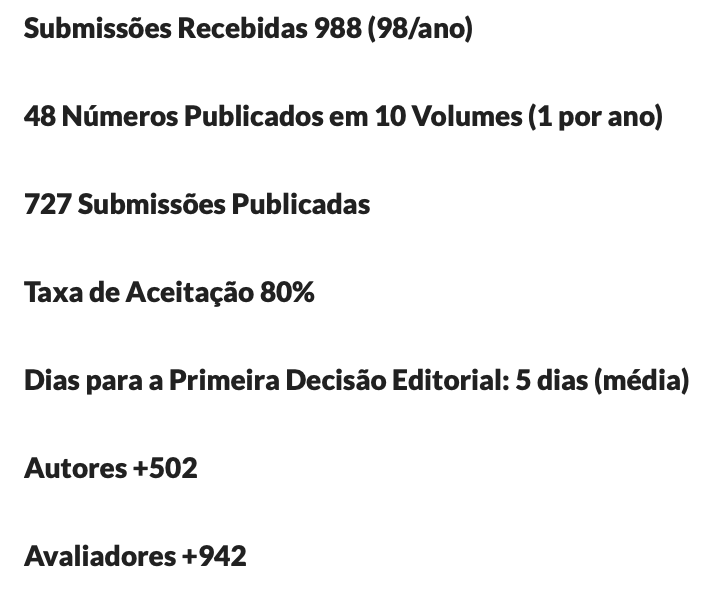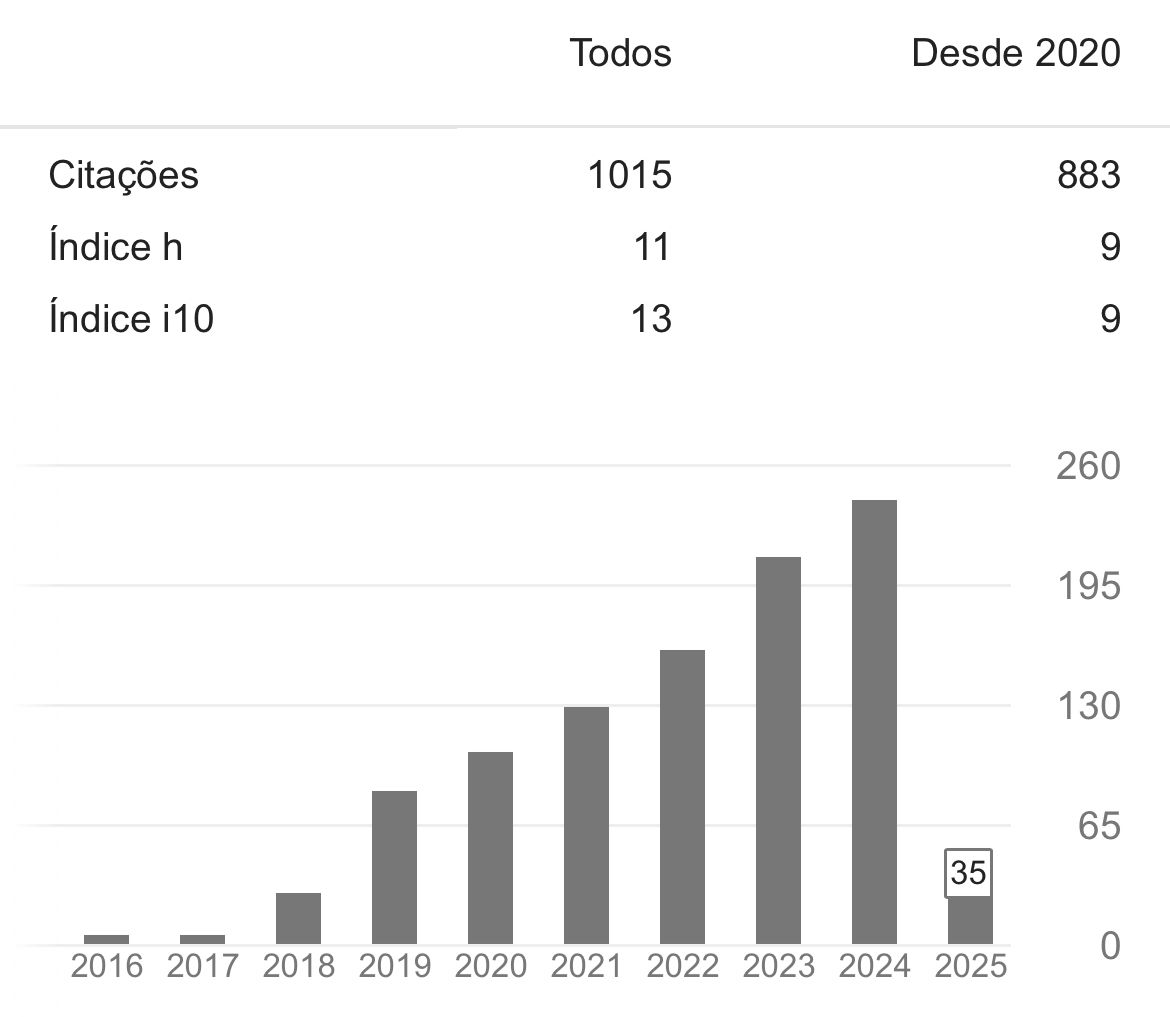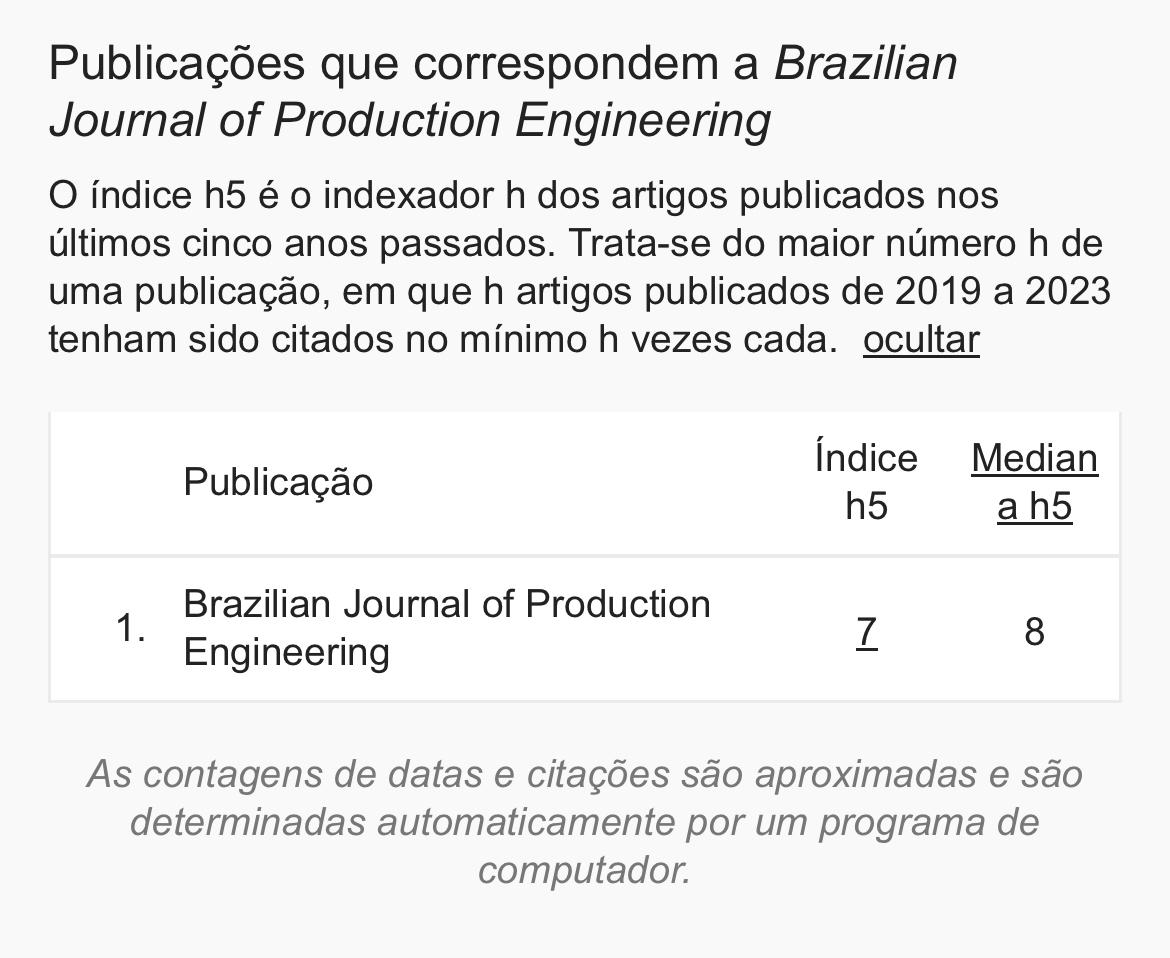Influence of production parameters on the roughness of orthodontic ABS models manufactured via additive manufacturing
DOI:
https://doi.org/10.47456/bjpe.v9i4.41688Keywords:
Additive manufacturing, Roughness, DentistryAbstract
Additive manufacturing (AM) has a strong impact in the dental field, offering advantages in productivity, cost, and customization of various products. Among the AM techniques, fused deposition modeling (FDM) has great application in the production of orthodontic molds (OM) compared to traditional techniques. However, the roughness of OM (orthodontic molds) produced by FDM is higher when compared to the pieces obtained through alginate molding. Therefore, evaluating the influence of FDM manufacturing parameters on roughness is of great importance. For this purpose, the experimental design methodology was used with the aim of determining which factors have a significant effect on OM roughness. Among the results obtained, layer height (LH) is the most influential factor in the roughness of the incisor element. For the canine and molar elements, the extruder nozzle diameter (END) is the most influential factor in roughness with an interaction between END and LH. Therefore, to aim for better roughness control in OM produced via AM, parameters such as layer height, extruder nozzle diameter, and filling percentage should be controlled.
Downloads
References
Abreu, V. H. S., de., & Souza, G. M. de. (2019). Uma revisão bibliométrica sobre a impressão 3d em concreto. Journal of Production Engineering, 5(5), 50-62. Recuperado de https://periodicos.ufes.br/bjpe/article/view/27748
Amorim, R. B. (2022). Utilização da manufatura aditiva no desenvolvimento de um produto para redução de riscos ocupacionais na indústria automotiva. Projeto de Fim de Curso (Curso de Engenharia Mecânica). Faculdade de Engenharia Mecânica, Universidade Federal de Uberlândia. Recuperado de https://repositorio.ufu.br/handle/123456789/35384
Barone, S., Neri, P., Paoli, A., Razionale, A. V., & Tamburrino, F. (2019). Development of a DLP 3D printer for orthodontic applications. Procedia Manufacturing. 38. 1017-1025. Recuperado de https://doi.org/10.1016/j.promfg.2020.01.187 DOI: https://doi.org/10.1016/j.promfg.2020.01.187
Cavaignac, A. L. de O., Silva, L. H. V., Sousa Júnior, R., Silva, E. M. L., & Lima , R. J. C. (2020). FMEA, CFD e FEA para otimização do desenvolvimento de produtos com prototipagem 3d em peça mecânica automotiva aftermarket -Parte A: FMEA. Brazilian Journal of Production Engineering, 6(5), 74-97. Recuperado de https://periodicos.ufes.br/bjpe/article/view/30396/21275
Feriotti, M. A., Marcelino, D. de M., Pohlmann, M. N., Martino, J., Neto., & Rosa, J. L. (2021). Aplicações da manufatura aditiva e impressão 3d na fabricação de moldes para injeção de termoplásticos. Brazilian Journal of Production Engineering, 7(3), 199-218. Recuperado em https://periodicos.ufes.br/bjpe/article/view/34567/23979 DOI: https://doi.org/10.47456/bjpe.v7i3.34567
Gibson, I., Rosen, D., & Stucker, B. (2015). Additive Manufacturing Technologies 3D Printing, Rapid Prototyping, and Direct Digital Manufacturing. Second Edition. Springer. P. 487. https://link.springer.com/book/10.1007/978-1-4939-2113-3 . DOI: https://doi.org/10.1007/978-1-4939-2113-3
Hyung-In, Y. & Han, J. (2016). Prosthetic rehabilitation with an implant-supported fixed prosthesis using computer-aided design and computer-aided manufacturing dental technology for a patient with a mandibulectomy: a clinical report. Journal of Prosthetic Dentistry, 115, 133-136. Recuperado de https://pubmed.ncbi.nlm.nih.gov/26518985/ DOI: https://doi.org/10.1016/j.prosdent.2015.07.019
Javaid, M. & Haleem, A. (2019). Current status and applications of additive manufacturing in dentistry: A literature-based review. Journal of Oral Biology and Craniofacial Research. 9(3), 179-185. Recuperado de https://doi.org/10.1016/j.jobcr.2019.04.004 DOI: https://doi.org/10.1016/j.jobcr.2019.04.004
Um, J., Rauch, M., Hascoët U., & Stroud, I. (2017). STEP-NC compliant process planning of additive manufacturing and remanufacturing. The International Journal of Advanced Manufacturing Technology, 88(5-8), 1215-1230. Recuperado de https://link.springer.com/article/10.1007/s00170-016-8791-1 DOI: https://doi.org/10.1007/s00170-016-8791-1
Jaber, T., Hajeer, Y. M., Khattab, T. Z., & Mahaini, L. (2021). Evaluation of the fused deposition modeling and the digital processing techniques in terms of dimensional accuracy of printing dental models used for the fabrication of clear aligners. Clinical and Experimental Dental Research, 7, 591-600. Recuperado de https://pubmed.ncbi.nlm.nih.gov/33258297/ DOI: https://doi.org/10.1002/cre2.366
Liu, S. & Shin, Y. C. (2019). Additive manufacturing of Ti6AI4V alloy: A review. Materials Design, 164. Recuperado de https://doi.org/10.1016/j.matdes.2018.107552 DOI: https://doi.org/10.1016/j.matdes.2018.107552
Melo, N. N. de. & Peruchi, S. R. (2021). Metodologia de Superfície de Resposta (RSM) Aplicada ao Processo de Manufatura Aditiva por Deposição Fundida (FDM) para Análise de Acurácia Dimensional, In Anais do Simpósio Brasileiro de Pesquisa Operacional. Recuperado de https://proceedings.science/sbpo/sbpo-2021/papers/metodologia-de-superficie-de-resposta-rsm-aplicada-ao-processo-de-manufatura-adi?lang=en
Mohsen, A. (2017). The rise of 3D printing: the advantages of additive manufacturing over traditional manufacturing. Business Horizons, 60(5), 677-688. Recuperado de https://ideas.repec.org/a/eee/bushor/v60y2017i5p677-688.html DOI: https://doi.org/10.1016/j.bushor.2017.05.011
Vasconcelos, B. E., Farias, R. S., Matos, J. D. M., de, Lima, J. F. M., Castro, D. S. M., de, & Zogheib, L. V. (2018). A tecnologia 3D e suas aplicações na Odontologia moderna: uma revisão sistemática de literatura. Full Dentistry Science, 10, 37. Recuperado de DOI: https://doi.org/10.24077/2018;1037-8793
https://pesquisa.bvsalud.org/portal/resource/pt/biblio-995409
Volpato, N. – organização. (2017). Manufatura aditiva: tecnologias e aplicações da impressão 3D. Blucher. São Paulo. 400 p. ISBN 978-85-212-1150-1.
Yoo, S., Kim, S., Heo, S., Koak, J., & Kim, J. (2021). Dimensional Accuracy of Dental Models for Three-Unit Prostheses Fabricated by Various 3D Printing Technologies. Materials, 14(1550), 1-13. Recuperado de https://www.ncbi.nlm.nih.gov/pmc/articles/PMC8004951/ DOI: https://doi.org/10.3390/ma14061550

Downloads
Published
How to Cite
Issue
Section
License
Copyright (c) 2023 Brazilian Journal of Production Engineering

This work is licensed under a Creative Commons Attribution-NonCommercial-ShareAlike 4.0 International License.

















































































